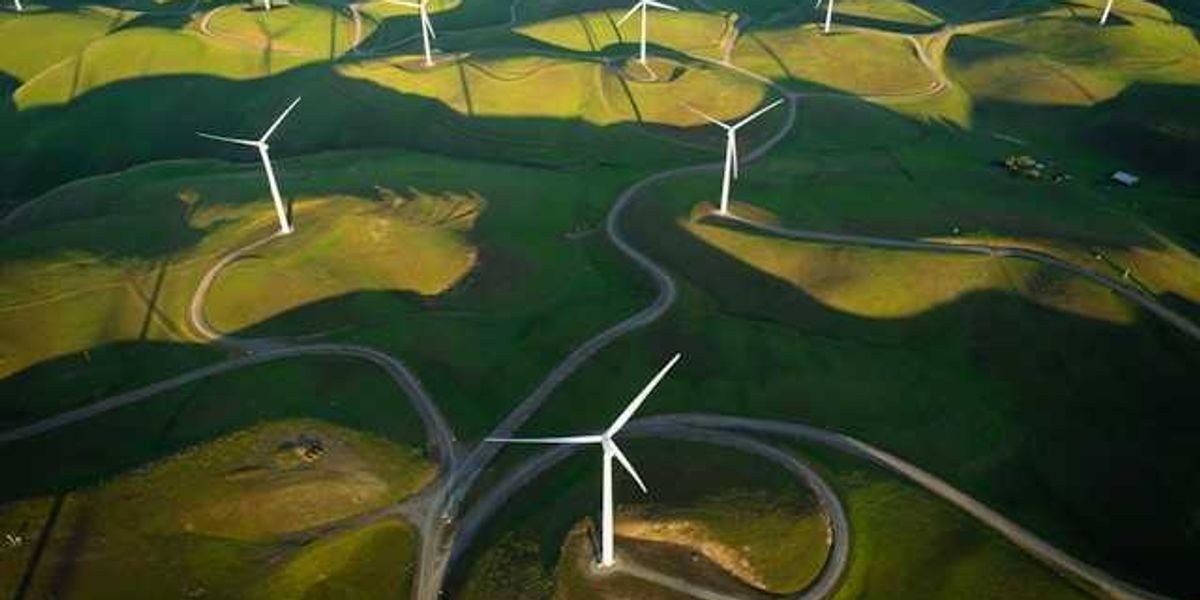Shanxi province faces difficult path away from coal as China pushes clean energy
China’s top coal-producing region, Shanxi, is struggling to pivot from its fossil-fueled past to a cleaner economic future, as the country races to meet ambitious carbon targets by 2060.
Amy Hawkins reports for The Guardian.
In short:
- Shanxi mined over 1.2 billion tons of coal in 2024, more than India, and remains heavily dependent on coal for jobs and income, with about 10% of residents working in the industry.
- China is rapidly scaling up renewable energy, with wind and solar now exceeding fossil fuel capacity, but coal still provides nearly 60% of the country’s power due to reliability concerns.
- Efforts to diversify Shanxi’s economy include growing cultural tourism and renewable energy manufacturing, but job losses loom and “clean coal” strategies remain controversial and limited in scale.
Key quote:
“In every document on realizing the dual carbon goals, and realising the energy transition, there is some kind of role or carveout for the coal industry.”
— Lauri Myllyvirta, co-founder of the Centre for Research on Energy and Clean Air
Why this matters:
Shanxi’s story illustrates the collision between urgent climate action and entrenched economic realities. Coal remains central to powering China’s cities and factories, but it also drives pollution, health risks, and greenhouse gas emissions. As the world’s largest emitter, China’s energy choices reverberate globally, and within its borders, places like Shanxi will feel the deepest shocks. A mismanaged transition could leave millions jobless and worsen inequality, echoing the post-industrial decay seen in other regions around the world. While renewable energy capacity is soaring, a true shift from coal will require reshaping local economies and social systems, not just technologies.
Related: China pivots toward renewable energy in global investments













